5 North American races we miss
From Montreal to California, Philly to Georgia
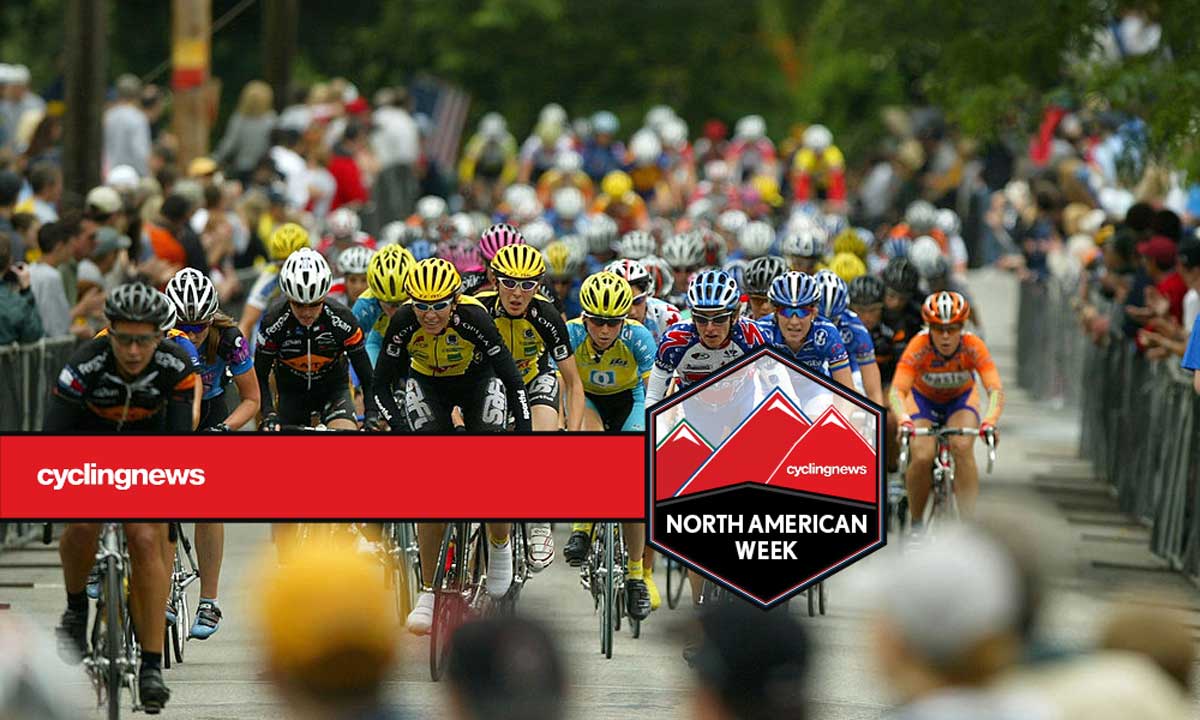
This story forms part of our North American week on Cyclingnews.
The North American road calendar has lost an unfair share of major races over the past decade, losing all of its major one-day races and with only one top-level stage race for men, Tour of Utah, and for women, the Colorado Classic. Cyclingnews' staff looks back at the five races we miss the most.
Philadelphia International and Liberty Classic
Every June for 32 years from 1985 until its demise after 2016, Philadelphia's Manayunk neighborhood became a cycling crazy madhouse as fans packed the slopes of the painfully steep 'wall' on Levering Street and Lyceum Avenue to watch the country's top professional riders and some big-name Euro pros fight their way up the 17 per cent grade in the Philadelphia International Classic.
Philly, in its time, was part of a few big-money one-day race series including the Thrift Drug Triple Crown won (or bought?) by Lance Armstrong in 1993. It also served as the US Pro national championships for men until 2006 and, and from 1994 until 2016, the same course hosted the Liberty Classic women's race - four of those years it was part of the UCI Women's World Cup.
The race was unique in a number of ways: it started in the shadow of the Museum of Art steps made famous in the movie "Rocky", on the Benjamin Franklin Parkway at the fountain of Logan Circle. The men and women raced on the same 23km circuit at the same time, the women starting five minutes after the men completed a few short parade laps. The women tackled four laps and the (usually faster) men's field raced seven big laps - imagine La Flèche Wallonne with the Mur de Huy mid-lap and four shorter lightning fast final circuits. It was a formula that built tension to a huge crescendo.
But the organisers also rode a knife edge, fearing that the women might one day catch the men. For 16 years they never came close but 2009 was the year that changed. The men's field, perhaps a touch weaker with only three ProTour teams, wasn't that interested in an early attack from US National Team rider Daniel Holloway and took a lackadaisical approach to the 251km race.
In sharp contrast, the Liberty Classic, only 92.7km long, was on from the gun, strung out single file and peppered by a constant flurry of attacks from the likes of Trixi Worrack and Mara Abbott. By the third lap there was a very nervous sounding announcement from race radio that the men and their convoy would have to pull over and let the women pass so they could fight out their final lap, before their last ascent of the Manayunk Wall.
Ina Teutenberg gave her male Columbia-HTC teammates some light heckling as the women passed and went on to win the race from a nine-rider group. The pass signalled a broader shift, too: the women were now faster, more organised, and more professional and could no longer be underestimated. Teutenberg's teammate Andre Greipel, perhaps setting out to counter her good-natured insults, won the men's race four hours later.
Philly was the last great one-day race in the USA until its final edition in 2016 but maybe, one day, the streets of Manayunk will echo with the cheers of cycling fans once again. (LW)
Tour de Georgia

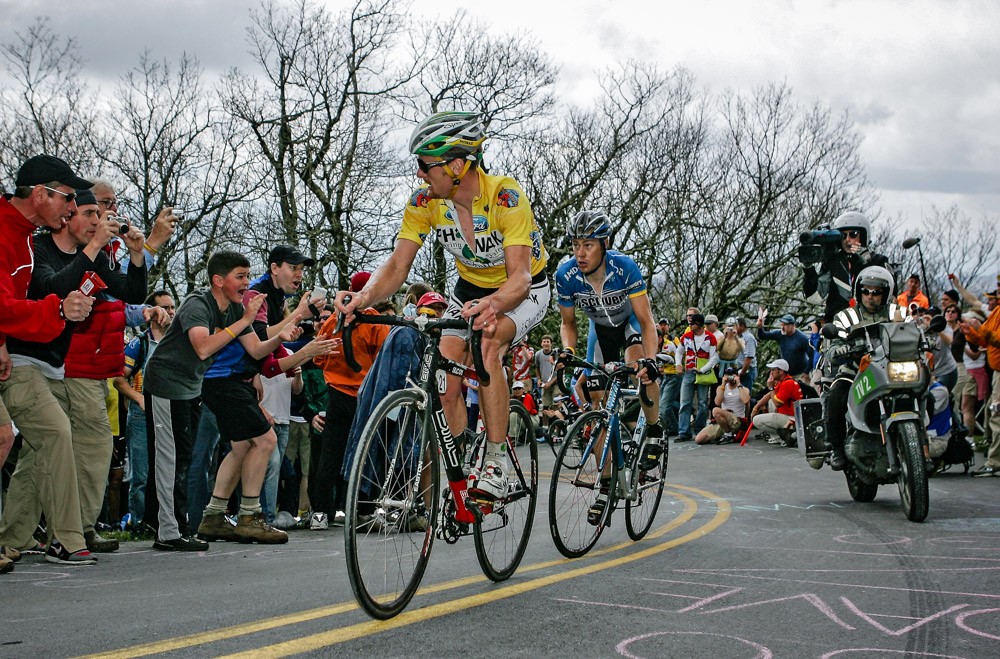
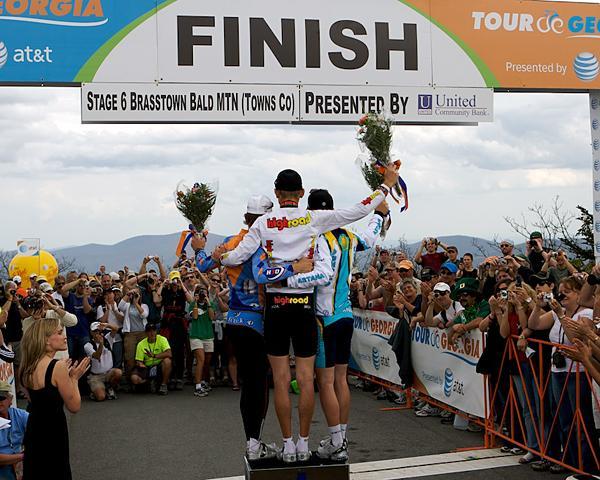
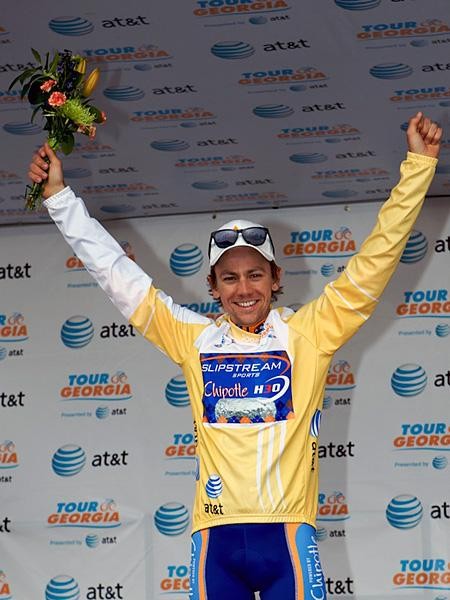
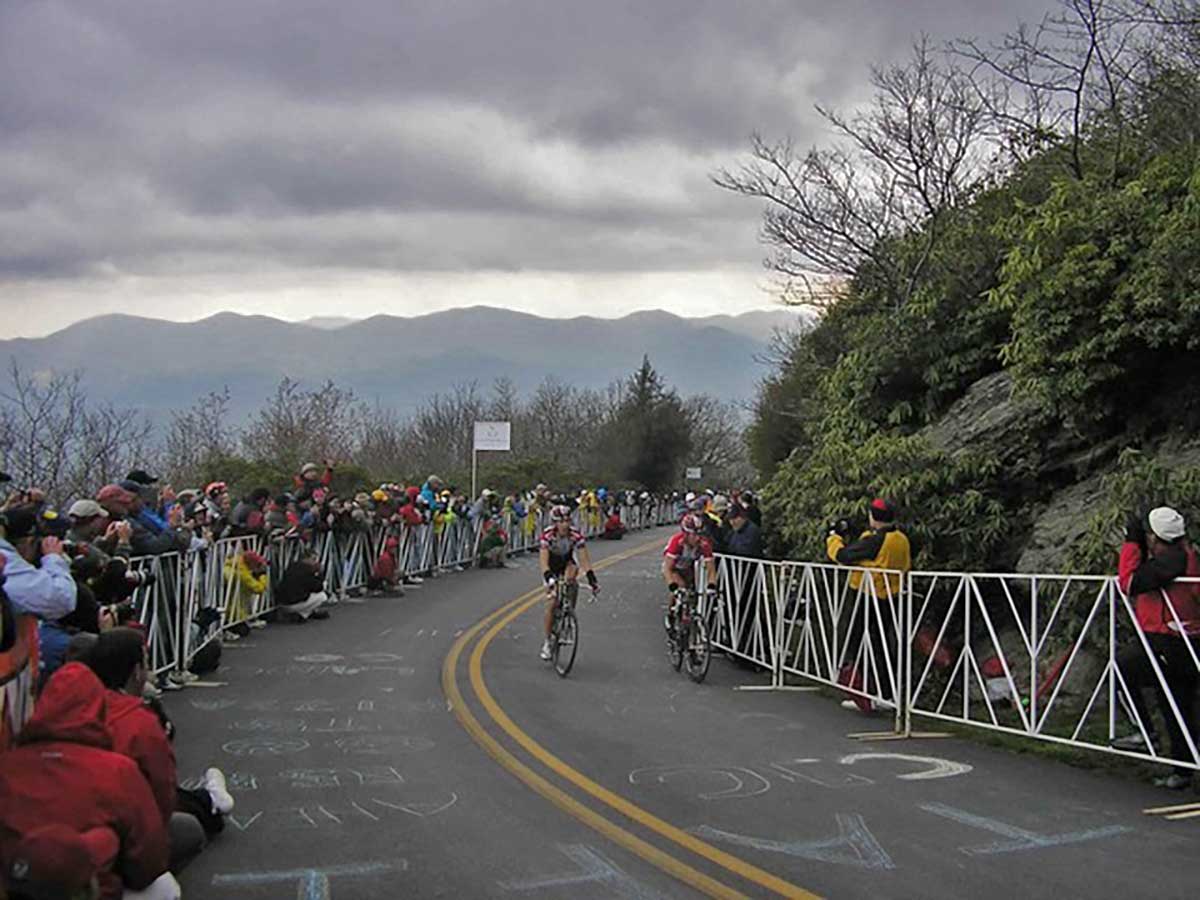
It was great while it lasted, and that was six years for the Tour de Georgia. The first year in 2003, many of the big European teams filled rosters with neo-pros for the untested US stage race. Then it exploded on the front page of sports sections across the country the next spring, with pro cycling fans flocking to the southern town squares, Appalachian Mountain gaps and rural roadways to catch glimpses of the big names made famous at the Tour de France – Lance Armstrong, Mario Cipollini, Jens Voigt, Chris Horner, Bobby Julich, and others.
The Tour de Georgia ran until 2008, with organisers noting when they were on the ropes and had to throw in the towel the next year on a chance at a comeback, that it had “attracted 3.2 million spectators, many of whom traveled to Georgia from out of state, and generated a direct economic impact totaling over $186 million.” It was a significant loss to state tourism, US fans and North American riders and teams, but stories still swirl about the race's epic weather, wall-to-wall fans and Brasstown Bald.
“In order to compete with the Grand Tours you’ve gotta have some especially big stages that blow apart. People really want to see Alpe d’Huez,” said Chris Horner, the first-ever winner of the Tour de Georgia. “Georgia didn’t have any big mountains, it only had the one super-steep climb (Brasstown Bald). That was the only day they had to blow up the field.”
The Tour de Georgia was the first time the US Forest Service permitted a pro cycling race to summit the “bald”, the highest point in the state. Think Mont Ventoux, slightly lower in elevation and with trees reaching the top. Exuberant crowds saw Armstrong and Voigt battle on the five-kilometre, twisting ascent with sections exceeding 20 per cent gradient and were treated to one of the biggest upsets of the year, when Cesar Grajales of the Georgia-based Jittery Joe’s team stayed away, conquered the climb and took the stage win.
Get The Leadout Newsletter
The latest race content, interviews, features, reviews and expert buying guides, direct to your inbox!
A legacy does exist, however, from the abbreviated life-span of Peach State race. The recreational rides in the north Georgia mountains gained more national attention, such as the Brasstown Bald Buster and the Six Gap Century. Other UCI stage races were spawned from Georgia, including the Tour of California, Tour of Missouri and Tour of Alberta. (JT)
Ore-Ida (Powerbar, H-P) Women's Challenge
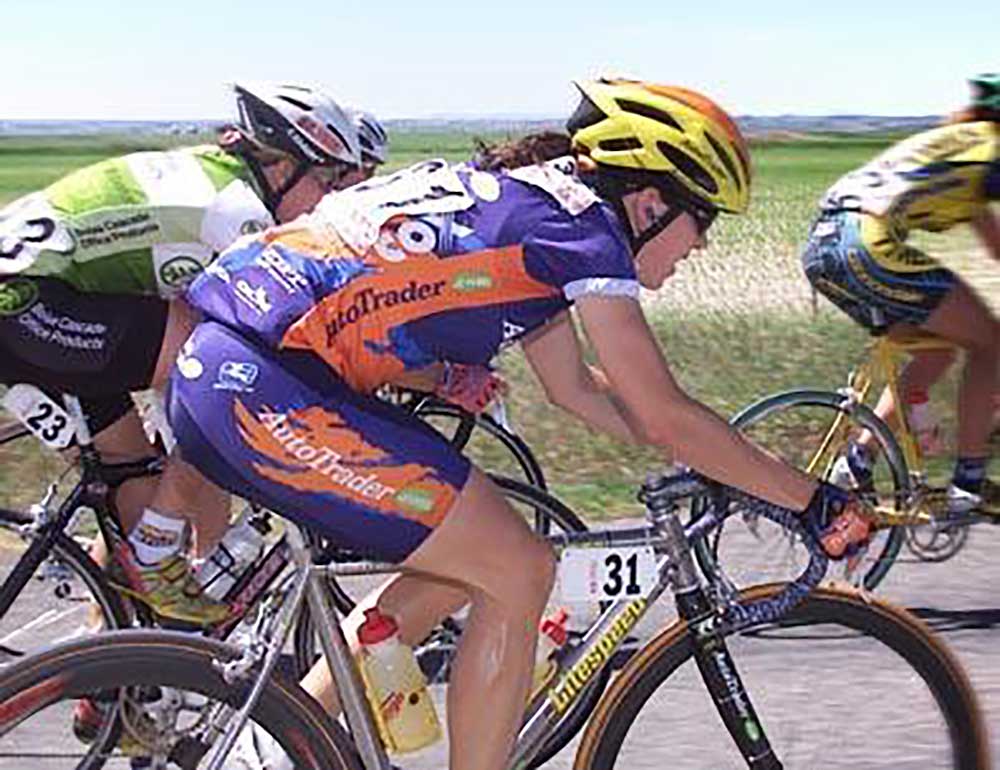
The wide-open spaces of Idaho in the great American West offered more than stunning scenery for the professional women’s peloton for 19 years. It was sheer grandeur in so many ways – from courses to prize money.
Beginning in 1984 as the Ore-Ida Women’s Challenge, its sponsor the potato-based frozen food company for the first nine years, the race had installments with PowerBar and Hewlett-Packard through 2002. By 1990 it had the biggest prize purse of any US race, male or female, reaching $60,000. That year it had also completely transformed from the original six days and 290 kilometres of racing to an incredible 17 days and 1,067 total kilometres, still records today for any women’s stage race.
American Rebecca Twigg won the first three editions. Her first title came the same year as a silver medal performance in the first-ever Olympic women’s road race in Los Angeles, beaten at the line by compatriot Connie Carpenter-Phinney. Also in 1984, the Tour de France Féminin launched with 18 days of racing across 1,080 kilometres, won the first year by American Marianne Martin. Women were gaining traction on the world stage for cycling, or so we thought.
The Women’s Challenge was memorable for its controversy with the UCI, which went 11 years before sanctioning the race. In 1984, the race organizer included one stage at 129 kilometres, which the UCI referred to as “excessive” and by 1992 one of the stages reached a new record distance of 173 kilometres. By 1998 the race reached a record for prize money, a hefty $128,000 purse.
Crowds loved the race, and athletes loved the race, but the economics could not continue when title sponsorship dried up.
International racing for women returned to Idaho in 2012 with the five-day Exergy Tour, the only North American race for women with a UCI 2.1 designation. The May calendar slot positioned the race as one of the last to provide international ranking points crucial in qualifying for the upcoming Olympic Games in London. Though rave reviews were plentiful, this small remake of the Women’s Challenge never made a repeat performance the following year, leaving a path of unpaid bills and another gap for UCI stage racing in North America.
No low-budget, spaghetti Western here, as it was ahead of its time for as an epic sporting event to showcase women as athletes and provide a new definition to "ride like a girl". (JT)
Montréal World Cup and Tour du Grand Montréal and
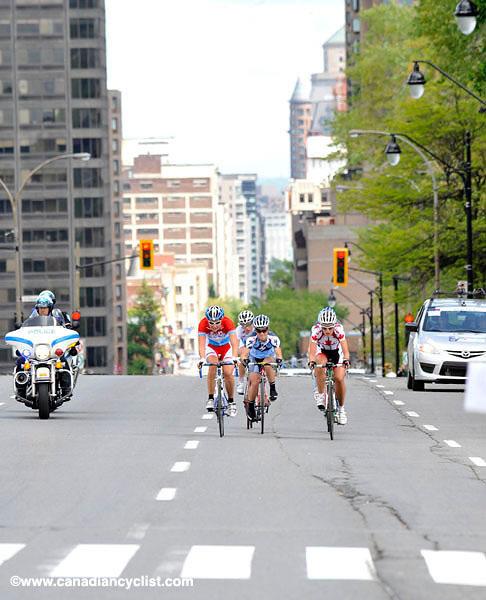
Montreal is rich in culture and history and well known for its cobblestone streets, lively entertainment, and the site of many historical bike races. Coupe du Monde Cycliste Féminine de Montréal and Tour du Grand Montréal are just two back-to-back events that were held annually at the end of May and although both events ended in 2009, they have been sorely missed as part of the top tier of women’s cycling.
Coupe du Monde Cycliste Féminine de Montréal was one of the most challenging legs of the former Women’s World Cup, a series that hosted the premier women’s one-day races around the globe from 1998 to 2015, and which was replaced by the Women’s WorldTour in 2016.
The top of Mont Royal, positioned in the heart of Montréal, was the location for the most iconic finish line of a bike race in Canada. The large rock formation showcases the Mont Royal Cross, a 31.4-metre-high illuminated cross, at its peak, and a visible signal of the end of each lap for the peloton.
The 12-kilometre circuit was previously used as a World Championships course in 1974, won by Eddy Merckx, the Olympic Games route in 1976, a men's World Cup course in the 1980s and 1990s, prior to the women's World Cup held from 1998 until 2009. It is now used for the men’s Grand Prix Cycliste de Montréal.
The women’s race used to start and finish at the top of Mont Royal before descending Chemin Remembrance and the Cote des Neiges and beginning a technical battle through the pothole-laden city streets surrounding the Universite de Montreal. Riders will continue the descent down the Cote Ste-Catherines before banking a hard right into the beginning of the climb.
Notable winners include Diana Ziliute, Tracey Gaudry, Pia Sundstedt, Dede Barry, Judith Arndt, Fabiana Luperini and Emma Pooley. However, the event has become synonymous with the rise and fall of four-time winner Genevieve Jeanson. She is a controversial figure who confessed to using EPO for most of her career and served a reduced 10-year ban for cooperating with an investigation into her allegedly abusive coach Andre Aubut and Montreal-based physician Maurice Duquette.
There was one day's rest between the Coupe du Monde Cycliste Féminine de Montréal and the five-day Tour du Grand Montréal. The event is remembered for its short time trial held on a bike path in Lachine, and criterium-style race in Petite-Italie, and road races in Granby and Mont-Saint-Hilaire. However, most of the international riders really came for the hilly stage from Sanctuary de Rigaud to the Sucrerie de la Montagne, where the organisers provided the riders with a traditional maple syrup dinner at a sugar shack. Overall winners included Laura van Gilder, Amber Neben, Judith Arndt, Oenone Wood, Christine Thorburn and Kirsten Wild. (KF)
Tour of California
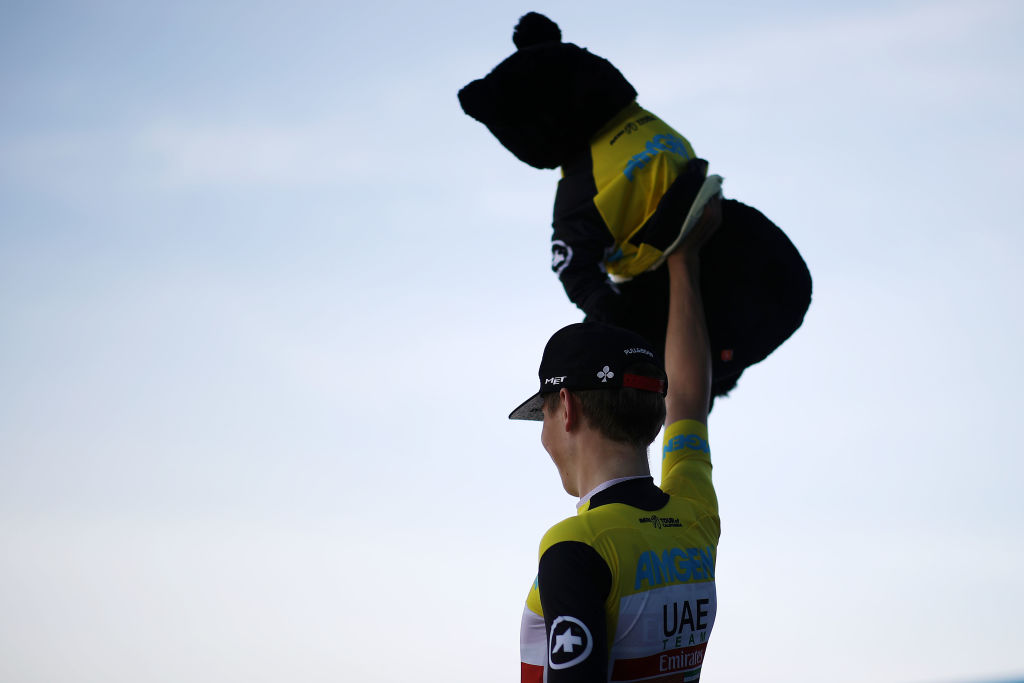
The loss of the Tour of California is so recent, so huge, and so painful that it's hard to even write about. The race was the heart of the North American racing scene for 14 years and provided a launching pad into the WorldTour for riders - men and women - and teams alike.
The race took in the most iconic vistas the Golden State has to offer, from the Golden Gate Bridge and Coit Tower in San Francisco, the Bixby Bridge along the Pacific Coast Highway, and all the wine regions from Mendocino to Simi Valley.
The early men's race history was unfortunately clouded by the EPO era, launching the year of Lance Armstrong's first retirement and ironically sponsored by EPO manufacturer Amgen. The names on the first year's plaudits: Floyd Landis, Dave Zabriskie, Bobby Julich, George Hincapie, Levi Leipheimer, Tom Danielson, and Christian Vande Velde all confessed to doping in the wake of Armstrong's lifetime ban.
Underneath these riders was a peloton's worth of scrappy Continental riders who made their names through often fruitless breakaways, nabbing sprint bonuses and mountain points, earning valuable TV time for their sponsors and making their careers.
Tejay van Garderen emerged as the new American hope in 2013, Peter Sagan's fame began in the Tour of California and today's stars - Julian Alaphilippe, Tadej Pogacar and Egan Bernal all found success here.
The women's race was a bit of an afterthought at first, beginning as a time trial to showcase Olympic champion Kristin Armstrong but finally emerging as an important Women's WorldTour race, with winners including current double world champion Anna van der Breggen, Katie Hall, Megan Guarnier and Trixi Worrack.
The loss of these races has meant that North American rides must now go overseas to find their fortune and it has seriously impacted US teams who have relied on exposure to gain sponsors. Organisers AEG claimed they were 'on hiatus' when announcing the 2020 edition would not go forward. We can only hope the race comes back stronger in the eventual post-pandemic world. (LW)
Cyclingnews is the world's leader in English-language coverage of professional cycling. Started in 1995 by University of Newcastle professor Bill Mitchell, the site was one of the first to provide breaking news and results over the internet in English. The site was purchased by Knapp Communications in 1999, and owner Gerard Knapp built it into the definitive voice of pro cycling. Since then, major publishing house Future PLC has owned the site and expanded it to include top features, news, results, photos and tech reporting. The site continues to be the most comprehensive and authoritative English voice in professional cycling.